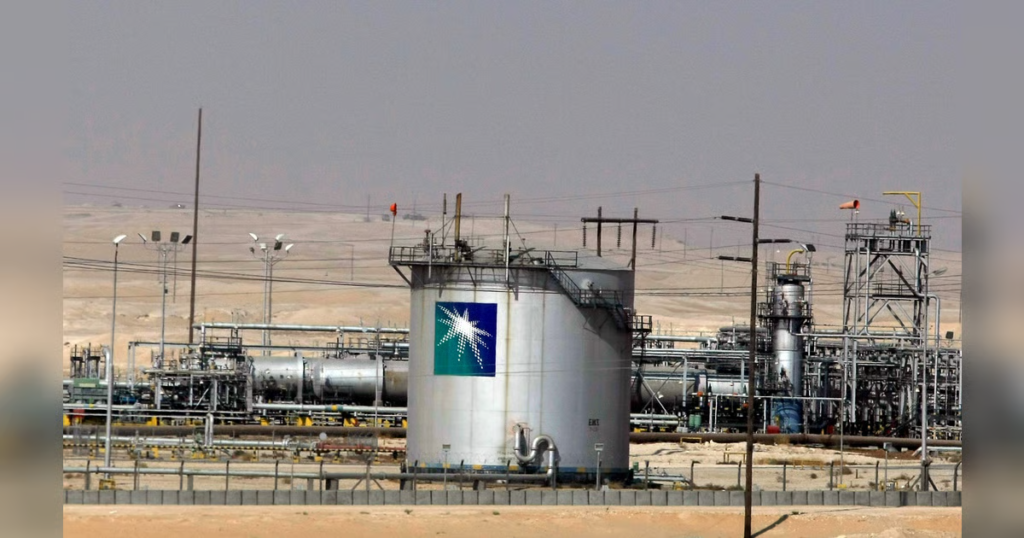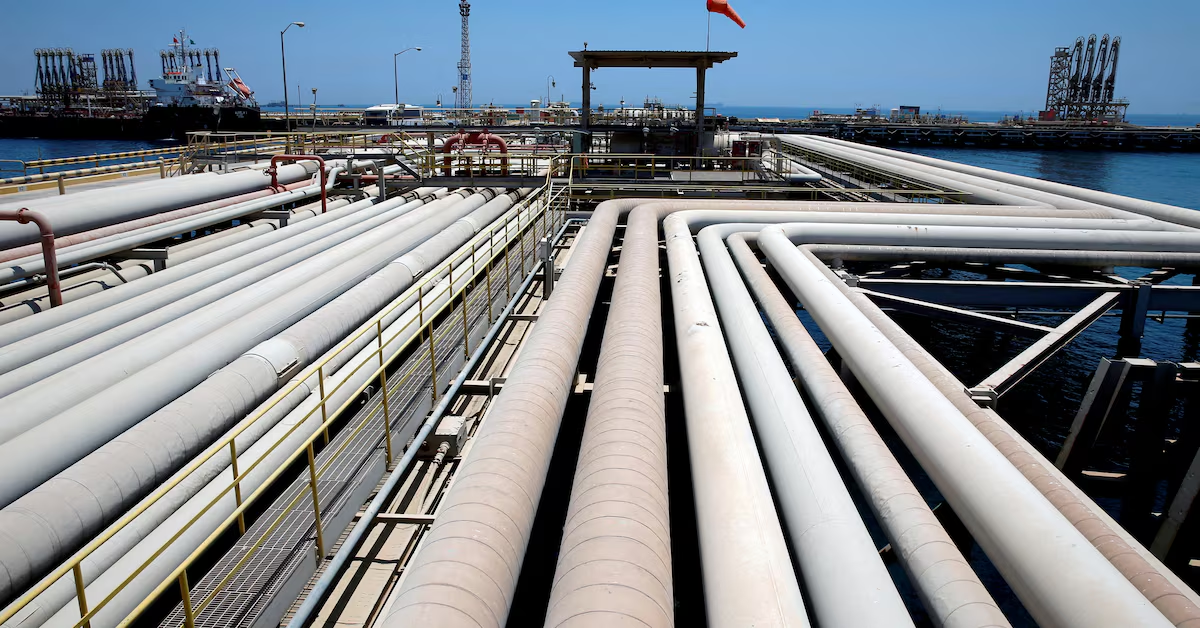Saudi oil exports are expected to rise significantly in the coming months as OPEC Plus increases its output by 2.5 million barrels per day between April and September. With this decision in motion, Saudi Arabia’s exports alone are projected to reach nearly 7.5 million barrels per day by July. This increase places pressure on global oil markets and raises critical questions about price stability and supply management.
This move comes at a time when global economic conditions are in flux. While Saudi Arabia is demonstrating its production strength, several economies are experiencing slower growth. These contrasting trends may disrupt the supply and demand balance and could lead to potential price volatility across international oil markets.
Rising Supply in a Cooling Market
The decision by OPEC Plus to increase production is seen as a strategic move to strengthen its position in the global market. However, the timing has raised concerns among analysts and industry experts. As production ramps up, major oil-consuming countries such as China, Japan, and South Korea are witnessing a drop in demand due to weakening industrial activity and economic uncertainty.
This mismatch between rising Saudi oil exports and falling demand may place downward pressure on oil prices. If demand continues to weaken and inventories begin to build up, the result could be a global oversupply. That may trigger price corrections that could ripple through economies dependent on oil revenue.

Oil Prices Hold Steady Near $70
Despite the upcoming increase in exports, oil prices have remained relatively stable over the past weeks, staying close to the $70 per barrel mark. This resilience is due to several factors including geopolitical tensions, supply chain risks, and speculative trading.
However, analysts warn that this price point may not be sustainable if supply continues to climb while demand stagnates. Any visible increase in oil stockpiles could serve as an early warning sign that prices may soon begin to drop.
The market is now entering a sensitive phase. Producers, investors, and governments are closely monitoring indicators such as refinery throughput, shipping volumes, and consumption rates to assess future price movements.
Economic and Policy Implications
The sharp increase in Saudi oil exports signals confidence in the country’s ability to meet global energy needs efficiently. Saudi Arabia remains one of the lowest-cost producers and is well-positioned to maintain high output levels. However, this increase also puts pressure on smaller oil-producing countries within OPEC Plus who may struggle to keep up or sustain profits if prices fall.
For oil-dependent economies, especially those that rely on higher oil prices to support government budgets, the potential for falling prices could be problematic. Revenue losses may lead to fiscal deficits, currency instability, or reduced public spending in these nations.
Additionally, the policy response from other major oil-producing nations will be critical. If prices decline significantly, it may prompt a review of the production agreement by OPEC Plus and potentially lead to fresh negotiations to re balance the market.

Three Major Effects of the Export Surge
- Pressure on Oil Prices
A surge in Saudi oil exports without a matching increase in global demand may result in downward pressure on oil prices. Sustained oversupply could drag prices below the $65 threshold, affecting profitability and investor confidence. - Strain on Smaller Producers
While Saudi Arabia can produce oil at low cost, other OPEC Plus members and independent producers may not be able to do so profitably at lower prices. This could lead to production cuts or financial strain on those nations. - Shift in Global Energy Strategy
With volatility in oil prices, countries might accelerate their shift toward energy diversification, renewable investments, and fuel efficiency. A prolonged period of instability could affect long-term demand for crude oil.
Future Outlook and Market Risks
As Saudi oil exports rise, the global oil market is set to enter a challenging period. Much will depend on the pace of global economic recovery, especially in Asia. If demand remains weak and OPEC Plus does not adjust its strategy, oil markets could face continued turbulence in the second half of 2025.
Moreover, geopolitical developments, environmental policies, and technological shifts in the energy sector may further complicate forecasting. Oil-importing countries may take this opportunity to secure cheaper energy supplies, while exporters may need to adapt to more flexible and dynamic pricing environments.
Conclusion
The increase in Saudi oil exports marks a significant development in the energy market. While it reflects Saudi Arabia’s production capacity and strategic influence, it also introduces several risks. The imbalance between supply and demand, especially in the context of weakening consumption in Asia, could challenge the stability of oil prices.
OPEC Plus will need to remain agile in responding to changing market conditions. Policymakers, investors, and businesses should prepare for possible price shifts, as the second half of 2025 may bring both opportunities and risks depending on how global supply and demand trends evolve.
Do follow Gulf Magazine on Instagram
Also Read – Kuwait Visa Rule Change 2025 Hits Expats With Tough Measures



